
Noah Nicholas Beery was an American actor who appeared in films from 1913 until his death in 1946. He was the older brother of Academy Award-winning actor Wallace Beery as well as the father of prominent character actor Noah Beery Jr. He was billed as either Noah Beery or Noah Beery Sr. depending upon the film.

Lester H. Cuneo was an American stage and silent film actor. He began acting in theatre while still in his teens. His name remains associated with the history of Western film.

Robert Zigler Leonard was an American film director, actor, producer, and screenwriter.
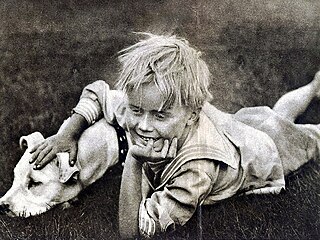
Barnes Reeves Eason, better known by his screen name B. Reeves Eason Jr. was an American silent film child actor. Billed as "Master Breezy Reeves Jr." and "Universal's Littlest Cowboy", and later also known as Breezy Eason Jr., he was the son of motion picture director and actor B. Reeves Eason and his wife, the actress Jimsy Maye.
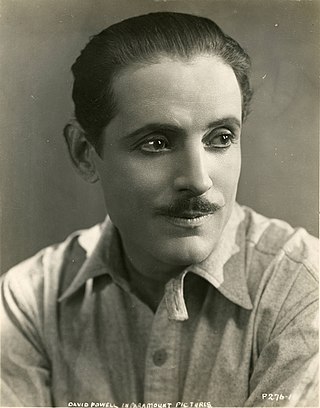
David Powell was a Scottish stage and later film actor of the silent era.

William Reeves Eason, known as B. Reeves Eason, was an American film director, actor and screenwriter. His directorial output was limited mainly to low-budget westerns and action pictures, but it was as a second-unit director and action specialist that he was best known. He was famous for staging spectacular battle scenes in war films and action scenes in large-budget westerns, but he acquired the nickname "Breezy" for his "breezy" attitude towards safety while staging his sequences—during the famous cavalry charge at the end of Charge of the Light Brigade (1936), so many horses were killed or injured so severely that they had to be euthanized that both the public and Hollywood itself were outraged, resulting in the selection of the American Humane Society by the beleaguered studios to provide representatives on the sets of all films using animals to ensure their safety.

John Steppling was a German-American silent film actor.
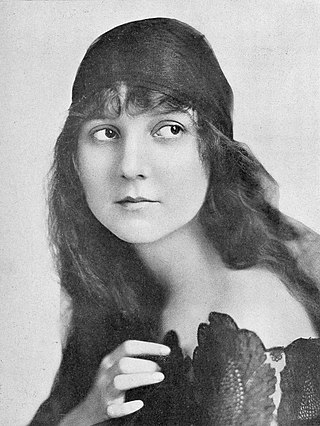
Ann Little, also known as Anna Little, was an American film actress whose career was most prolific during the silent film era of the early 1910s through the early 1920s. Today, most of her films are lost, with only 12 known to survive.

Chester "Chet" Withey was an American silent film actor, director, and screenwriter. He participated in the production in total of some 100 films.

Allan Forrest Fisher was an American silent film actor.

George Delbert "Dell" Henderson was a Canadian-American actor, director, and writer. He began his long and prolific film career in the early days of silent film.

Franklin Bryant Washburn III was an American film actor who appeared in more than 370 films between 1911 and 1947. Washburn's parents were Franklin Bryant Washburn II and Metha Catherine Johnson Washburn. He attended Lake View High School in Chicago.

Harry C. Myers was an American film actor and director, sometimes credited as Henry Myers. He performed in many short comedy films with his wife Rosemary Theby. Myers appeared in 330 films between 1908 and 1939, and directed more than 50 films between 1913 and 1917.
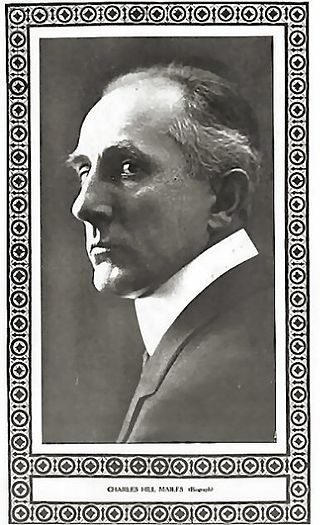
Charles Hill Mailes was a Canadian actor of the silent era.
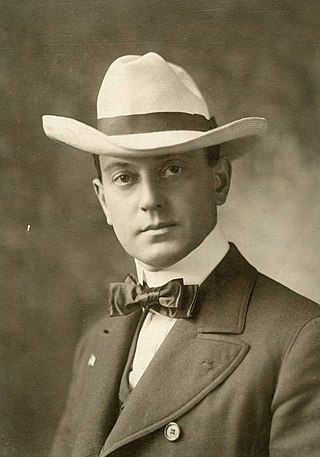
James F. Neill was an American stage actor and film actor of the silent era. He appeared in more than 110 films between 1913 and 1930.
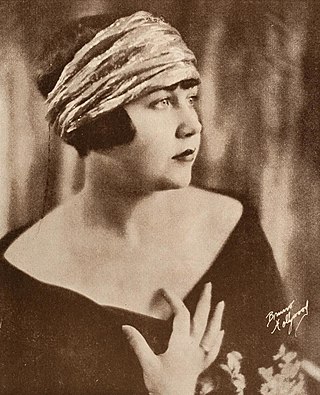
Carmen Gertrude Short was an American film actress of the silent and early sound era. She appeared in more than 130 films between 1912 and 1945.

Friedrich Kühne, born Franz Michna, was a German film actor of the silent era. He appeared in more than 100 films between 1913 and 1957.
Gordon Sackville was a film actor. Earlier in his career he appeared on stage. He was part of several Hobart Bosworth productions. He was in The Best Man Wins, one of the first Hollywood films.
Joseph J. Franz was an actor and film director during the silent film era in the United States. Franz was born in Utica, New York. He died in Los Angeles in 1970. He was sometimes credited as Joseph J. Franz. He features in a Frontier advertisement with two of the studio's other stars.

This is a comprehensive listing of Wallace Reid's (1891–1923) silent film output. Reid often played a clean-cut, well-groomed American go-getter on screen, which is how he is best remembered, but he could alternate with character roles, especially in his early short films, most of which are now lost. Some films have him as a director, some have him as an actor and some have him as both in particular his numerous short films. His first feature film is the famous appearance as a young blacksmith in The Birth of a Nation in 1915.


















